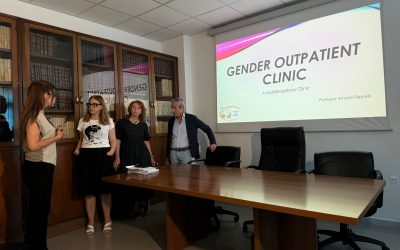In recent years, European universities have increasingly invested in the creation of Joint Degrees, study programmes developed through the collaboration of institutions from different countries. These programmes allow students to follow an integrated path, jointly designed and delivered by multiple universities, at the end of which a single internationally recognised degree is awarded.
These programmes fully embody the spirit of the European Higher Education Area (EHEA) and the objectives of the Bologna Process, which since 1999 has promoted mobility, comparability of qualifications, and academic cooperation among European countries. Joint Degrees not only strengthen students’ linguistic and intercultural competences but also provide them with a competitive advantage in the global labour market, thanks to mobility experiences and shared learning.
The European Framework: European Approach
To simplify the creation and accreditation of such programmes, in 2015 European ministers adopted the European Approach for Quality Assurance of Joint Programmes, a tool that allows the entire programme to undergo a single external quality evaluation valid across all participating countries. This model represents a decisive step towards reducing bureaucratic obstacles and fostering genuine integration of educational offerings.
The Italian Context and the Role of ANVUR
In Italy, the establishment of international joint programmes is regulated by the Ministry of Universities and Research (MUR), with the support of ANVUR. According to the most recent Operational Guidelines for the Accreditation of International Programmes (MUR, December 2024), universities wishing to set up a Joint Degree must follow the model defined by ANVUR through Resolution No. 267/2024, which fully incorporates the European Approach.
ANVUR emphasises the importance of ensuring:
- Clarity of learning objectives and programme design;
- Transparency of responsibilities among partner universities;
- High quality of teaching and proper allocation of ECTS credits;
- Involvement of internal evaluation bodies and the existence of an official agreement among the participating institutions.
Moreover, Ministerial Decree 773/2024 includes joint programmes among the priorities of the Italian higher education system’s three-year plan (2024–2026), in line with Italy’s European commitments.
Why Joint Degrees Are Fundamental for NEOLAiA and UNISA
In light of the above, and considering UNISA’s active role within NEOLAiA (particularly in Task 2.3 – Designing and Piloting Multiple and Joint Degrees), Joint Degrees represent a key strategic lever:
- Strengthened European identity: through Joint Degrees, NEOLAiA brings to life the idea of an integrated European education with programmes recognised beyond national borders, enhancing the international reputation and visibility of UNISA.
- Increased attractiveness for students and staff: joint programmes expand opportunities for mobility, cultural enrichment, and the attraction of those seeking innovative and internationally oriented education.
- Improved internal quality: the design of Joint Degrees requires advanced teaching methods, international coordination, multilingual teaching, and high-quality evaluations, stimulating UNISA to grow and innovate.
- Alignment with national and European policies: thanks to the European Approach promoted by ANVUR, UNISA can position itself as a leading university in Italy for the implementation of high-quality Joint Degrees.
- Sustainability of NEOLAiA in the medium to long term: Joint Degrees help build stable and visible study pathways that strengthen cooperation among partners and consolidate the Alliance itself.
Through Joint Degrees, UNISA and NEOLAiA position themselves as key players in shaping a true European knowledge citizenship.



